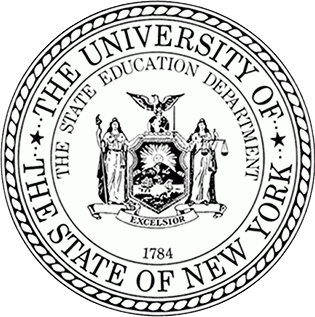FOR IMMEDIATE RELEASE

U.S.E.D. Accepts New York’s ESEA Waiver Application
Board of Regents Chancellor Merryl H. Tisch and State Education Commissioner John B. King, Jr. today said the Elementary and Secondary Education (ESEA) (also known as No Child Left Behind or NCLB) waiver granted by the U.S. Education Department gives New York increased flexibility to close the achievement gap and will help accelerate the implementation of the Regents’ reform agenda.
"This is a great opportunity for our students," Chancellor Tisch said. "The goal of NCLB was to close the achievement gap and help all students succeed. The waiver doesn’t sacrifice that goal. In fact, it will help us move closer to it. Some provisions of NCLB wrongly stigmatized high needs schools whose students were making real progress. The waiver will let us designate ‘focus districts’ to help us target help toward low performing schools struggling to improve student performance. The waiver will bring NCLB more in line with the Regents’ Reform Agenda. This opens the door to real progress for students in struggling schools."
"The waiver lets New York move away from NCLB requirements that were unproductive or unrealistic," Commissioner King said. "We can evaluate schools in terms of both student growth and proficiency and recognize schools in which students are making good progress toward meeting standards of college and career readiness."
"We’re making a new set of promises to our students. Now we have to live up to those promises. Our mission is to ensure every student graduates from high school ready for success in college or a career. The waiver granted to New York today brings us one step closer to fulfilling that mission."
The waiver granted today will:
- Allow for school and district effectiveness to be measured based on both student proficiency and student growth towards college and career readiness on state assessments of English language arts and math;
- Enable the State to designate "focus" districts that will be targeted for additional support as they work to improve low performing schools;
- Provide districts with flexibility to redirect resources to implement whole school reform models in the State’s lowest performing five percent of schools;
- Give school districts more flexibility to implement effective extended learning time programs in collaboration with community partners; and
- Double the funding that identified Focus Districts must set aside to support parental engagement and promote community involvement in low-performing schools.
King noted that eligibility for the waiver required implementation of college and career readiness standards – the Common Core – and a fair, transparent and rigorous teacher and school leader evaluation system that uses multiple measures and incorporates student growth as a significant component. New York’s ability to demonstrate that it will implement the Common Core in schools across the State this fall and the State’s new teacher evaluation law were significant factors in the waiver approval.
A summary of the most important provisions of the waiver can be found here: http://usny.nysed.gov/docs/10-things-to-know-about-the-esea-waiver.pdf
Media Contact
Reporters and education writers may contact the Office of Communications by email or phone at:
Press@nysed.gov
(518) 474-1201





